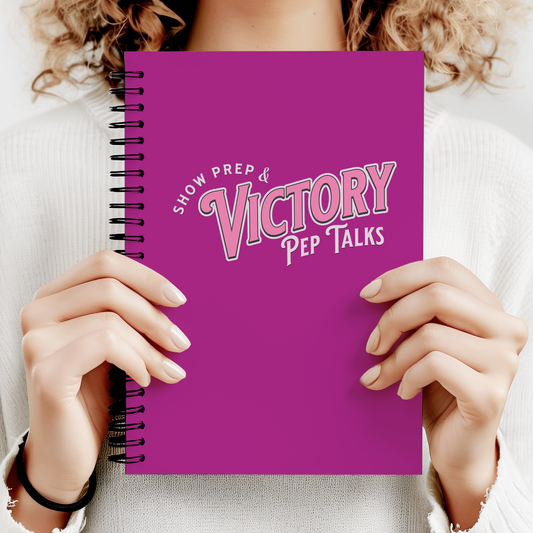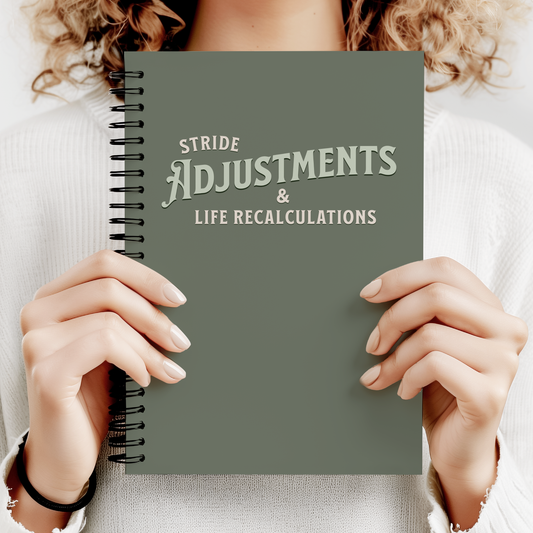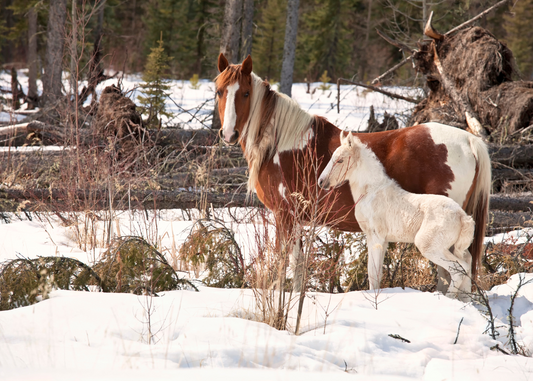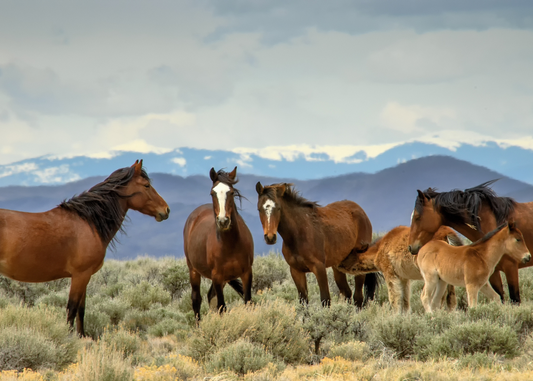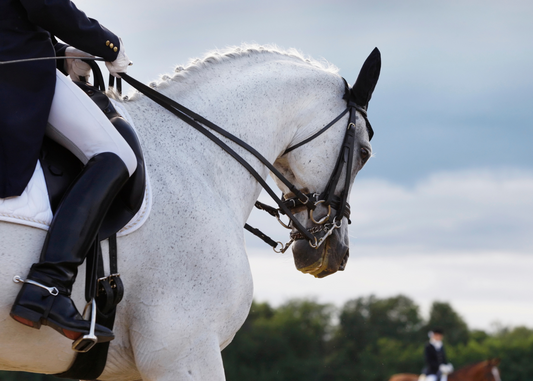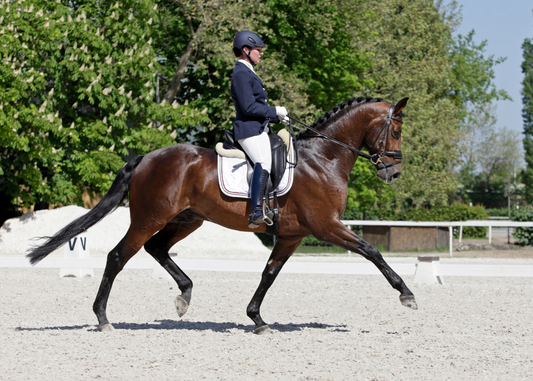With rhythm and suppleness in place, the next stage of the Dressage Training Scale is connection. Often described as the bridge between the horse's hind end and the rider’s hands, connection creates harmony, allowing clear communication and fluid movement.

What Is Connection in Dressage?
Connection refers to the horse’s willingness and ability to accept the rider’s aids through a steady, elastic contact with the bit. It’s not about pulling or holding—true connection is about energy flowing from the hindquarters through the back to the mouth, and then back to the rider’s hands in a soft, responsive loop.
Key Characteristics of Good Connection:
-
Elastic Contact: The reins feel alive, with no dead weight or resistance.
-
Engagement: The horse pushes from behind, carrying energy forward.
-
Self-Carriage: The horse remains balanced, holding its own posture without leaning on the rider.
-
Responsiveness: Subtle aids produce clear, confident reactions.
Connection can only happen when rhythm and suppleness are working in harmony underneath you.
Common Mistakes and How to Fix Them
Connection can be tricky to master, and several common pitfalls may arise:
-
Heavy in the Hand: If the horse feels heavy on the reins, check for lack of engagement from the hindquarters and encourage more activity behind.
-
Bracing or Resistance: Soften your aids, stay relaxed, and ensure you’re not inadvertently creating tension.
-
Inconsistent Contact: Keep your hands steady and elastic while supporting rhythm and balance with your seat and legs.
Exercises to Improve Connection
Practicing focused exercises can strengthen connection and build trust between horse and rider:
-
Transitions Between Gaits: Frequent transitions activate the hind end and encourage the horse to push forward into the contact.
-
Circles and Bending Lines: These help the horse stay supple while maintaining steady contact.
-
Half-Halts: Refine balance and help recycle energy back through the horse's body.
The Rider’s Role in Developing Connection
As the rider, it’s vital to provide consistent, clear aids while maintaining a balanced and following seat. Soft hands, a stable core, and active legs all work together to keep the energy flowing and the communication open.

Why Connection Matters
Without connection, communication between horse and rider becomes inconsistent and unclear. When true connection is established, your horse works in harmony with you, ready to advance to the next step in the Training Scale: impulsion.
Stay tuned for our next article, where we’ll dive into developing impulsion to create forward, powerful, and engaged movement!
This article is part of our complete Dressage Training Scale series. Start from the beginning here.






